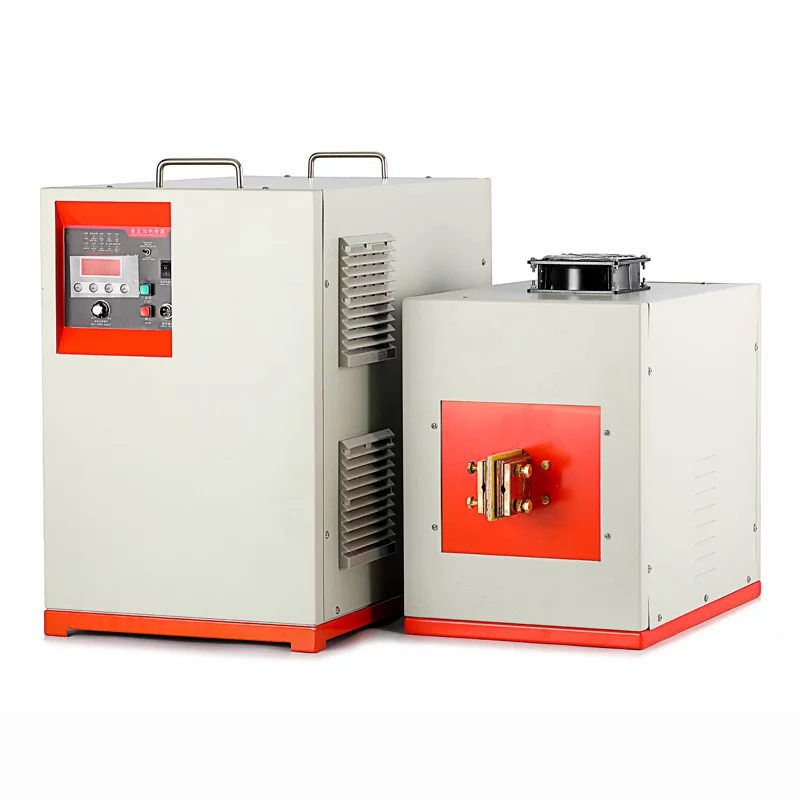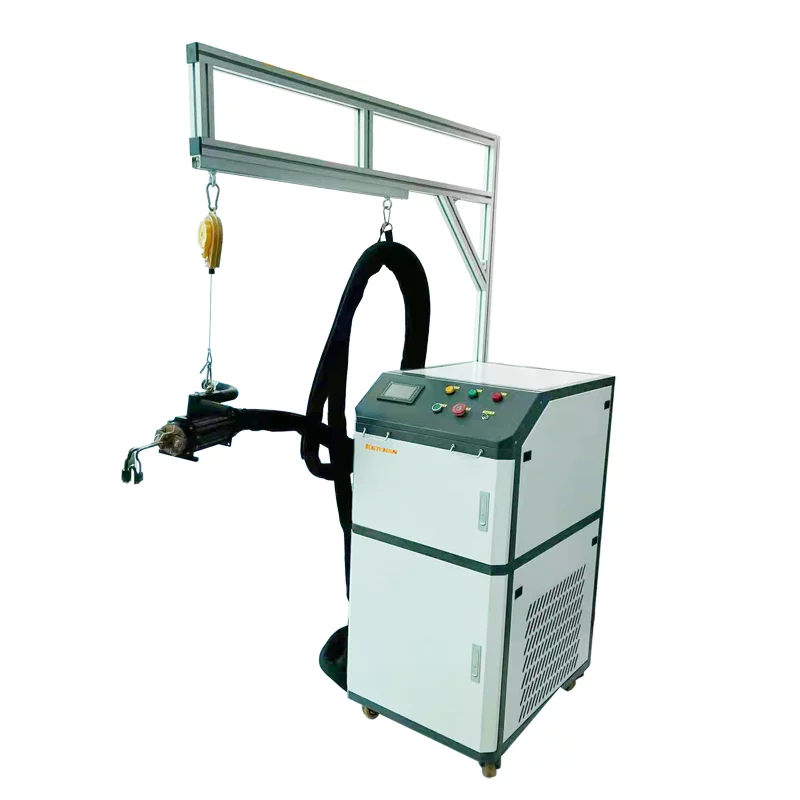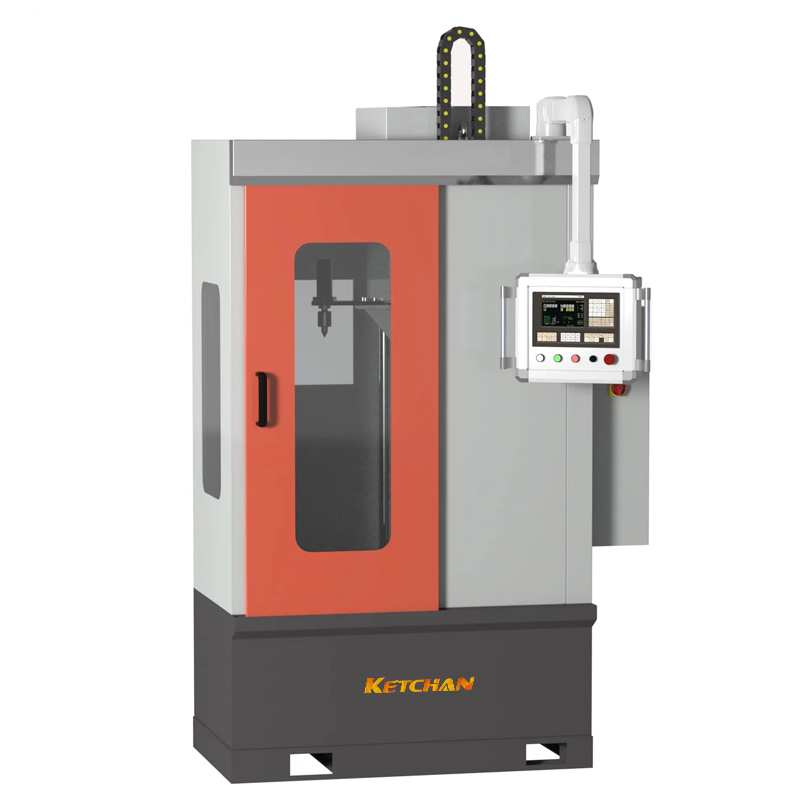When quenching powder metallurgy (P/ M) materials, it is best to ensure that the minimum density is at least 7.0 g/cm3 (0.25 lb/ in.3), which will contribute to achieving consistent induction quenching results. When the quenched surface has notches, steps, teeth, holes, splines, grooves, sharp angles, and other surfaces that are geometrically discontinuous and prone to stress concentration, the minimum density is best 7.2 g/cm3 (0.26 lb/ in.3). Low-density PM parts are prone to cracking due to gas entering the surface area of the part through interconnected holes.The interconnections of holes reduce the strength and rigidity of the parts as compared to forged materials.In addition, the poor thermal conductivity of powder metallurgy parts with multiple pores can cause local hot spots, resulting in an excessive temperature gradient, and a quencher with a strong cooling rate is required to obtain the desired surface hardness and depth of the hardening layer. This is because, compared with similar products forged, the increase of porosity and the decrease of density will have a negative impact on the hardenability of powder metallurgy materials.
Tips for induction heat treatment: induction quenching of powder metallurgy materials
Product Categories
Enquiry Now





